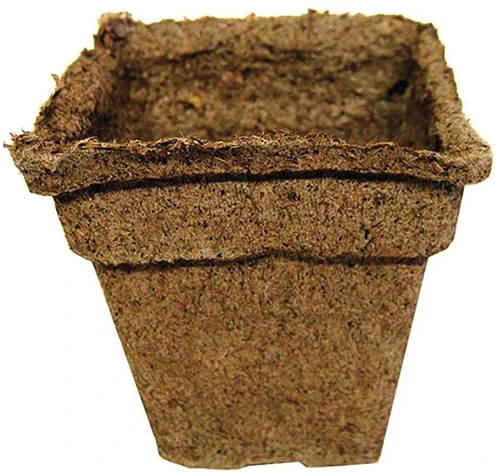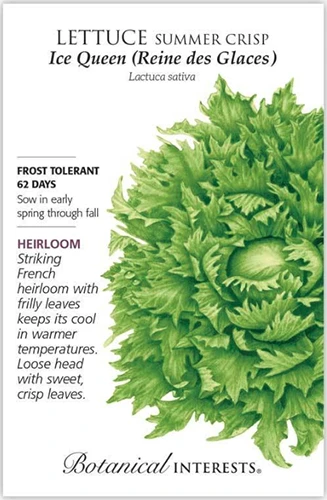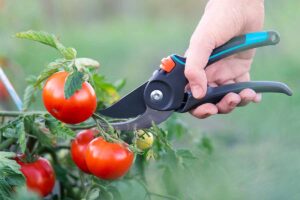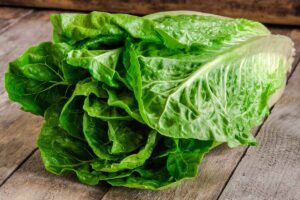Lactuca sativa ‘Reine des Glaces’
Iceberg lettuces have a reputation for being wonderfully crisp but disappointingly bland.
They’re the most popular type of lettuce produced and sold commercially, but probably not the one you think of when you’re looking for a leafy green with lots of flavor.

We link to vendors to help you find relevant products. If you buy from one of our links, we may earn a commission.
Not ‘Ice Queen,’ though.
This lettuce is the head of the iceberg state because of its refreshing crunch, but it also has sweet, flavorful leaves – much more flavorful than some of the other would-be rulers of the iceberg kingdom.
Her royal highness gets her name from the fact that she doesn’t mind chilly temperatures, but that’s not all she’s about. Heat is just fine, too, and the plant is slow to bolt even when the mercury begins to rise.
This is a crisphead, semi-heading cultivar, which means you can harvest individual leaves as well as the full, mature heads.
Seriously, is there anything not to love about our leafy monarch? We’re going to get to know ‘Reine des Glaces’ in this guide. Here’s what you can expect, coming right up:
What You’ll Learn
I’ll admit, I kind of neglected the whole iceberg category for a long time.
I stuck with spinach, kale, arugula, and other options with more zing to them.
And then one day I needed a wrap to hold my miang kham and I couldn’t find the wild betel leaves that are traditionally used in the recipe.
So I grabbed some lettuce out of my roommate’s garden.
Whoa.
I was totally surprised by the sweet, pleasant flavor. Not overpowering, but not the tasteless stuff I was expecting. Ever since then, me and the queen have been on good terms.
Hopefully, she’s about to become your BFF, too. Get that salad dressing ready and let’s jump in.
Cultivation and History
Her Royal Highness was developed in France and was first released in 1883 by the French Vilmorin & Cie seed company.
Vilmorin & Cie was founded by seed seller Madame Claude Geoffroy, along with her spouse Pierre d’Andrieux, who went on to become the head botanist for King Louis XV, in 1743.

The company supplied the royal gardens with seed and they developed ‘Reine des Glaces’ as an outstanding iceberg or crisphead type.
Whenever something sticks around for 150 years, you have to suspect it has some good things going for it.
‘Regina delle Ghiacciole,’ as it’s known in Italy, is an heirloom type, so you can let it go to seed, harvest the seeds, and start your own plants next year. Don’t you love a plant that keeps on giving?
You’ll sometimes see this Batavian cultivar sold as ‘Frisée de Beauregard’ as well. Doesn’t matter what we call it, it’s fantastic.
The leaves are deeply notched and somewhat frilly, with a pale to medium green color. Each head grows to about a foot tall and eight inches wide.
Propagation
Whether you buy plugs at the store or sow seed, propagation should be done in the spring.
You can plant in the late summer or fall if you have enough days left in the growing season, but spring generally provides better conditions.
This plant matures in about two months, so you only need about 65 days with temperatures in the range of 32 to 80°F to produce harvestable heads, or even less time if you want to pluck the immature leaves.
Basically, anyone in USDA Hardiness Zones 3 to 10 can enjoy this crop and those in hotter regions can grow their lettuce indoors.
It’s one of the greens that I grow regularly during the winter in my Zone 8 climate.
From Seed
There are three ways to grow seeds.
You can sprinkle them liberally on the soil to produce microgreens, or spread them a bit further apart for baby greens. To grow full-sized heads, plant the seeds five inches apart.

Seeds should be surface sown or pressed no deeper than a quarter-inch.
Once the seeds are in place, carefully water the soil. You don’t want to displace the seeds and if you water too much all at once, you tend to create channels where the seeds flow together. Instead, sprinkle the soil gently.
Once the seeds anchor into the soil, you can water however you want, but for the first week or two, make sure to sprinkle the soil rather than using a steady stream of water.
Keep the soil moist. Imagine when you wring a wet sponge out really well. That’s how the soil should feel.
If you opt to start plants indoors, sprinkle a few seeds onto the surface of a three-inch container filled with potting soil.
I prefer a biodegradable option like CowPots because they’re better for the environment than plastic, and they reduce the chance of transplant shock.
I always keep a bunch on hand for my spring seed starting. If you’d like to give them a try, head to Arbico Organics to grab packages of 12, 400, or 1176 three-inch pots.
Water the medium as described above and place the seeds in a location where they’ll receive eight hours of light per day. Or better yet, place them under grow lights.
Once the seeds sprout, thin them out to one per pot.
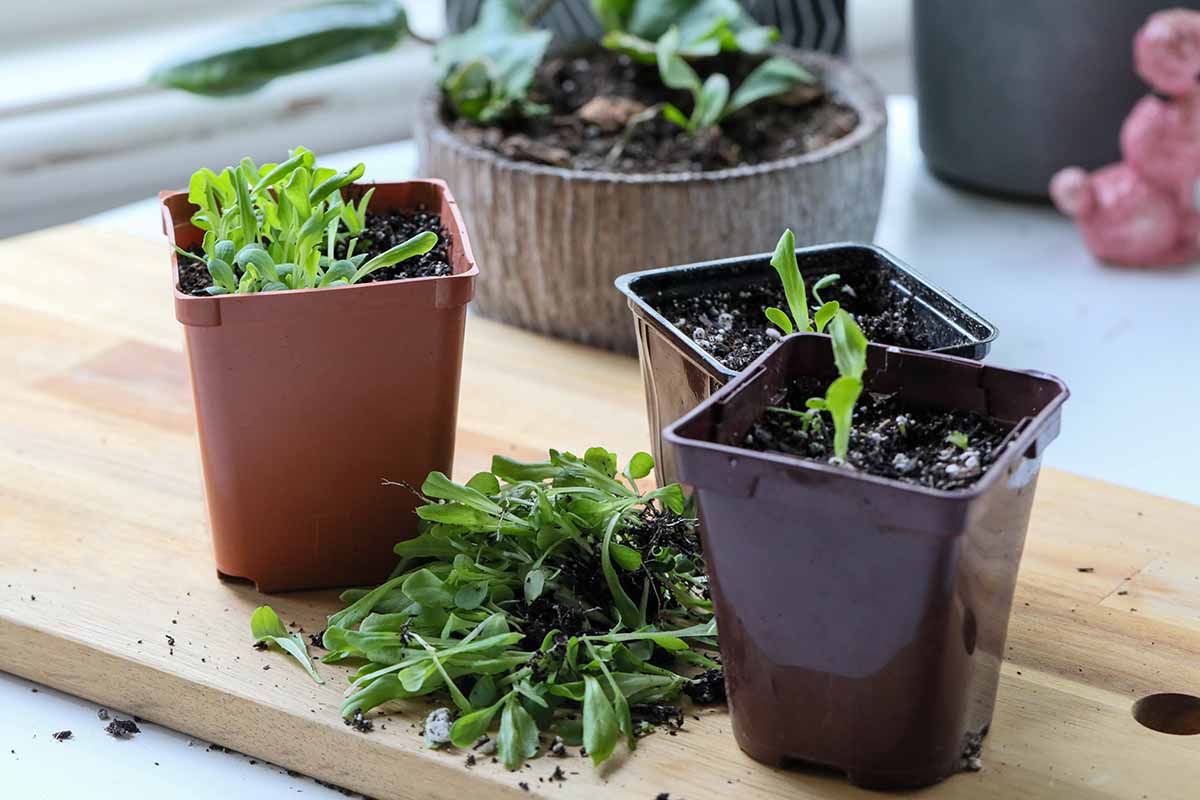
After the seedlings are a few inches tall and the last predicted frost date has passed, transplant the seedlings out into their permanent spots.
To be honest, you can plant before the last frost date. A little snow won’t scare the queen of ice. You’ll want to harden them off for a week before you transplant them in the garden.
Harden seedlings off by setting them outside for an hour on the first day in a sheltered spot in direct sunlight.
The following day, add an hour. Add another hour on the third day and another on the fourth, and so on. After a week, go ahead and plant them in the ground.
From Seedlings
If you find seedlings at the store, putting them in the ground is a pretty straightforward process.
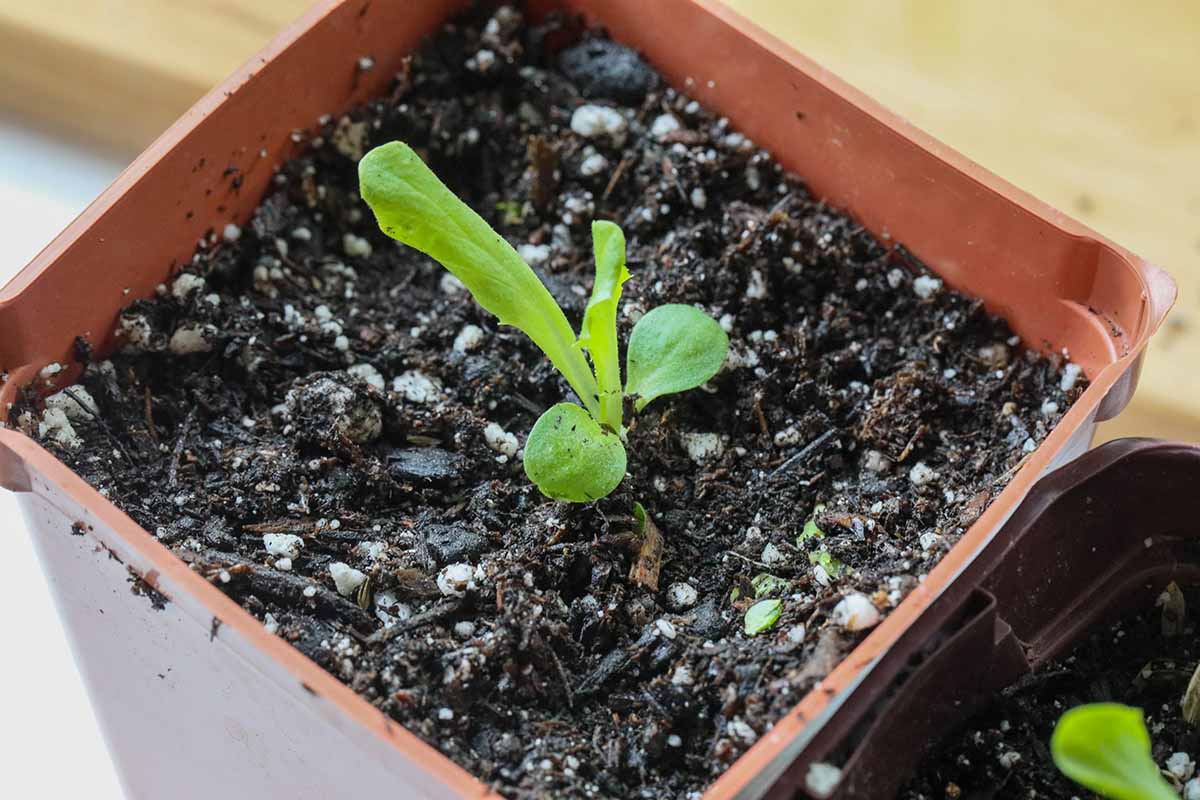
To start, prep the planting area. Dig down about six inches and out about a foot. Take that soil you removed and mix it with equal parts well-rotted compost.
Put that soil mix back into the ground and make a little hole the size of the original container.
Remove the plant from its container (unless you used those handy CowPots, then you can just plop them in the ground in their container) and place it in the hole.
Firm the soil up around the roots and give the plant a nice, long drink.
How to Grow
As with most varieties of lettuce, these plants need full sun, at least eight hours per day. You can get away with providing a bit less, but growth will be slower.
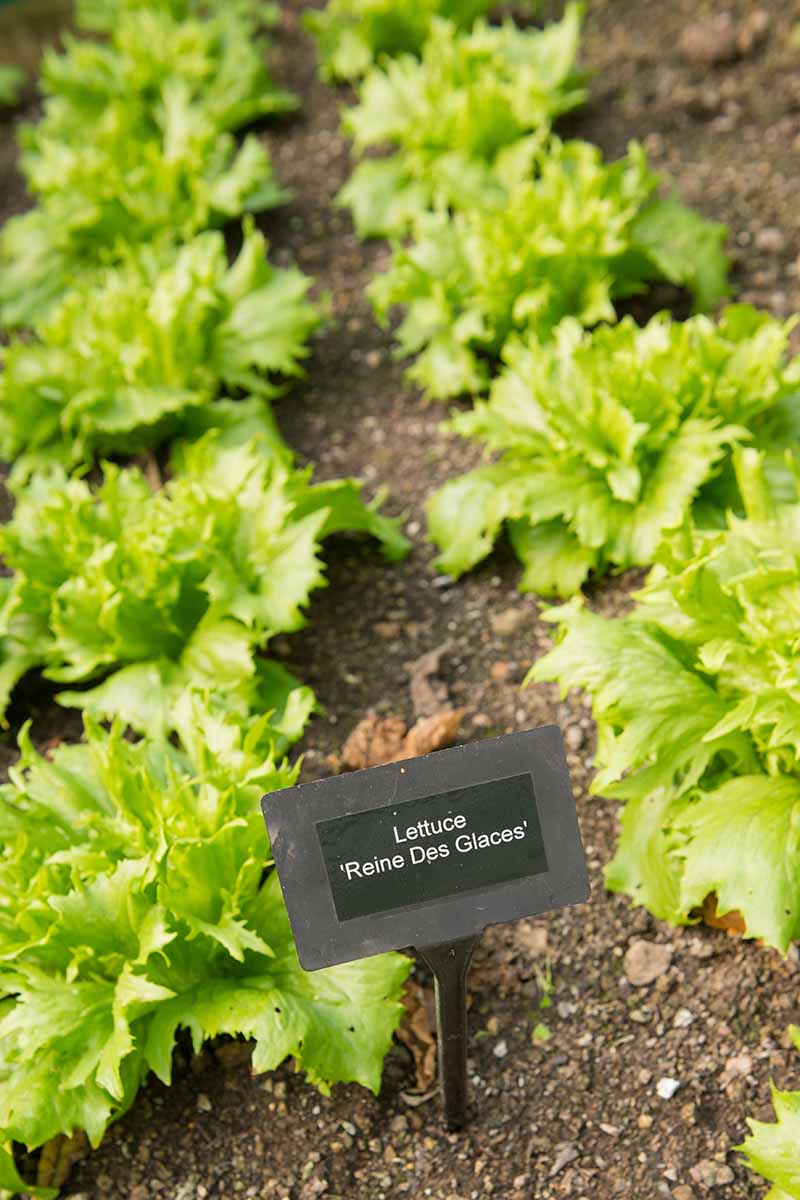
Ideally, the soil will be slightly acidic, with a pH between 6.0 and 6.5. But anything close to that is fine.
The soil needs to remain moist at all times. Not wet, but not dry, either. Find that sweet spot right in between.
Stay on top of weeding. Lettuce doesn’t require much maintenance, or really, any at all. But it can’t outcompete weeds when it’s young. Gently tug away any weeds that try to encroach on its space.
If you see any yellowing or diseased-looking leaves, pull them off. That’s pretty much it. No need to pinch the plant back, fertilize, or otherwise care for ‘Reine des Glaces.’
Growing Tips
- Plant in full sun.
- Keep the soil moist but not wet.
- Don’t let weeds encroach on the area.
Where to Buy
You may be able to find transplants and/or seeds at your local garden center, otherwise packets of seeds are available online.
For instance, you can pick up seeds in one-gram packets at Botanical Interests.
Managing Pests and Disease
‘Ice Queen’ is resistant to many diseases, including bacterial leaf spot, caused by Xanthomonas campestris pv. vitians.
It’s pretty rare that you’ll ever have to don your suit of armor and go to battle for your sovereign against pathogens.
While she may be tough enough to withstand disease, pests can be a problem. None of us are perfect, even queens, right?
All the usual culprits apply here. Aphids, beetles, caterpillars, crickets, fungus gnats, slugs and snails… oh my!
Even more troublesome are herbivores like rabbits and deer. I used to love seeing a little bunny with its long fuzzy ears hopping around my garden. Now I just see red.
Our guide to lettuce pests can help you identify and deal with any of the common marauders listed above.
Harvesting
Baby greens are ready for you to enjoy in about three weeks. Eat those tender outer leaves as the inner head forms and matures, which will take about 65 days.
The plant will be about a foot tall and eight inches wide when mature.
To harvest leaves, just snip a few off at the base with a pair of scissors.
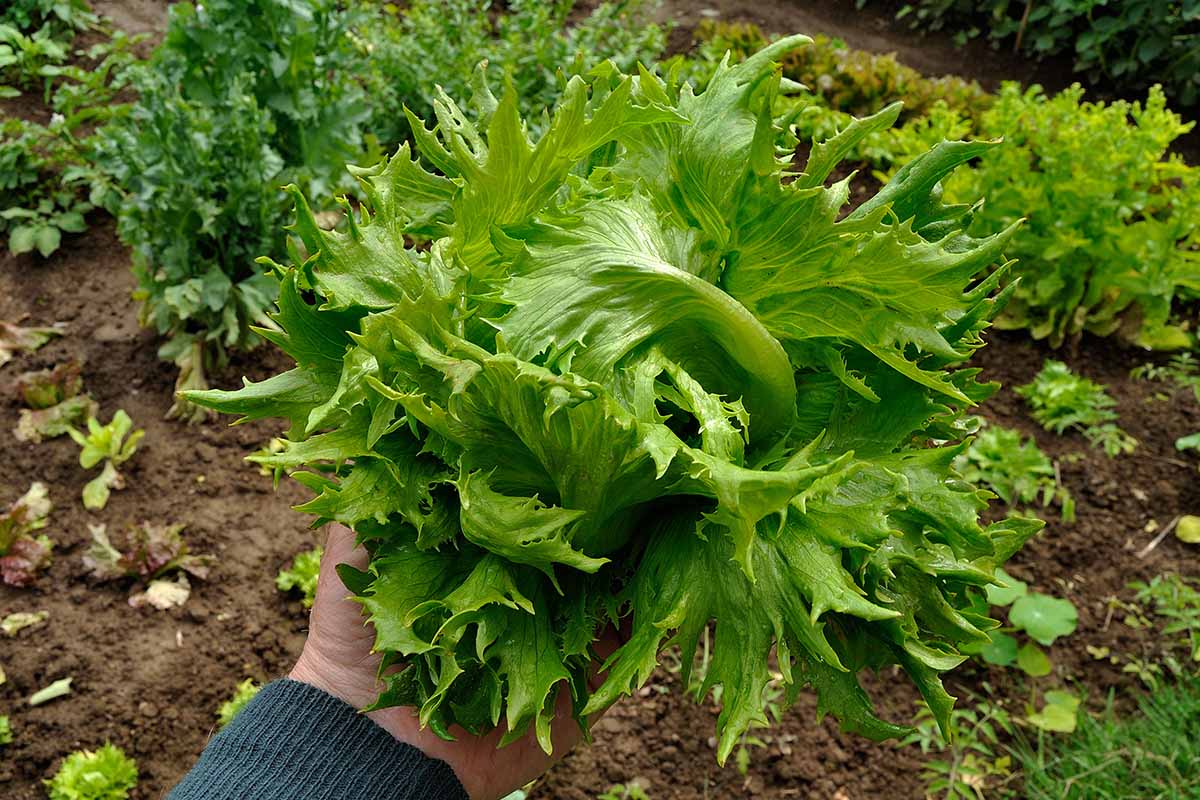
To harvest the entire head, grab a pair of clippers and gently lift up the outer leaves. Locate the base and clip the head off as close to the ground as you can.
Alternately, dig down and gently lift up the plant, roots and all.
The plant will last longer in storage in the fridge with the roots attached. Just be sure to try and knock off as much of the soil as you can or you’ll bring in a lot of dirt.
Our guide to harvesting lettuce has some helpful tips that will send you on your way to salad heaven in no time.
Recipes and Cooking Ideas
Lettuce has a pretty endless amount of uses, and anywhere that iceberg is useful, ‘Ice Queen’ is extra awesome. Salads, sandwiches, the usual.
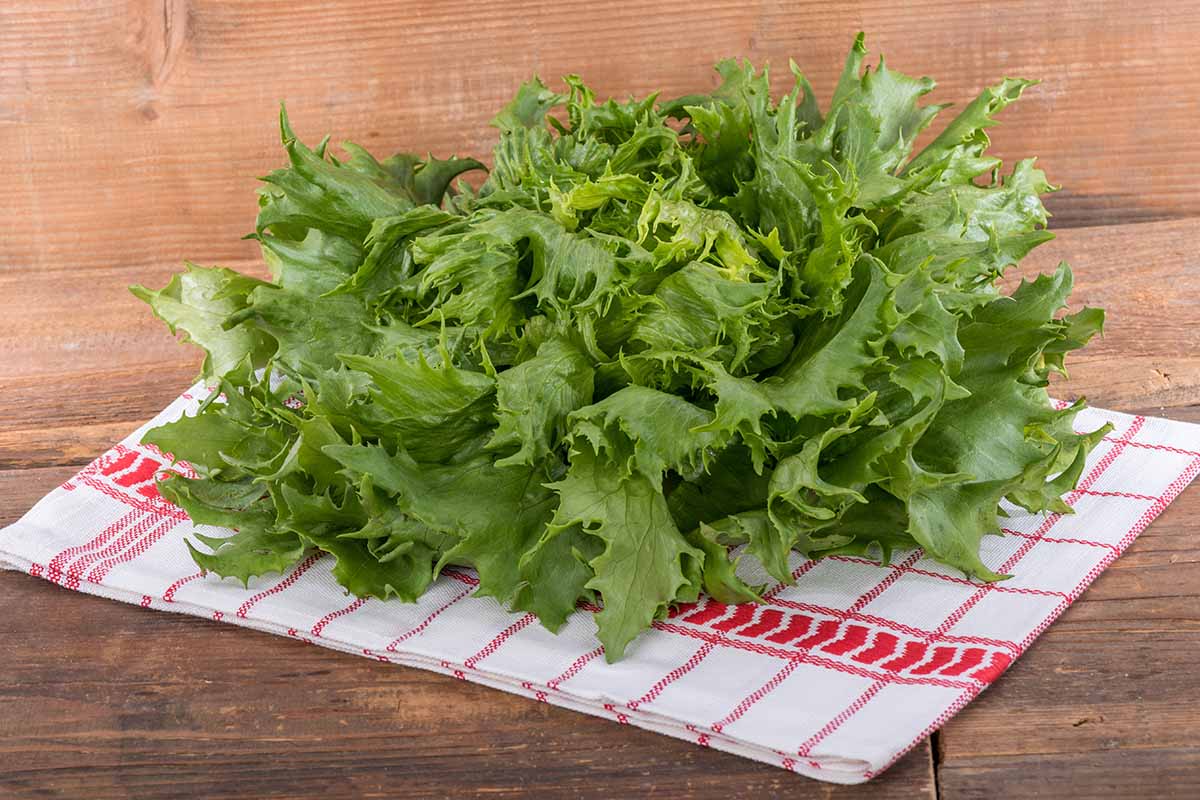
I love to use it to make lettuce wraps, as the leaves are the perfect size and add a crisp, refreshing bite.
Our sister site, Foodal has a flavorful recipe for you to try, made with spicy ground beef, garlic, ginger, and chilis.
Are you a salad lover? I adore a classic beet salad with lettuce. Once again, Foodal’s got you covered with a tasty rendition dressed in a homemade green onion vinaigrette.
This cultivar is also my favorite option for making lettuce soup.
Quick Reference Growing Guide
| Plant Type: | Annual vegetable | Tolerance: | Snow, freezing temperatures, drought, heat |
| Origins: | Mediterranean region | Maintenance: | Low |
| Hardiness (USDA Zone): | 3-10 | Soil Type: | Loose, rich |
| Season: | Spring, fall, winter | Soil pH: | 6.0-6.5 |
| Exposure: | Full sun | Soil Drainage: | Well-draining |
| Time to Maturity: | 65 days | Companion Planting: | Asparagus, carrots, chervil, chives, cilantro, dill, marigolds, nasturtiums |
| Spacing: | 5 inches | Avoid Planting With: | Brussels sprouts, broccoli, cabbage, kale, parsley |
| Planting Depth: | <1/4 inch (seeds), same depth as original container (seedlings) | Order: | Asterales |
| Height: | 12 inches | Family: | Asteraceae |
| Spread: | 8 inches | Genus: | Lactuca |
| Water Needs: | Moderate | Species: | Sativa |
| Common Pests and Diseases: | Aphids, caterpillars, crickets, fungus gnats, slugs, snails; bacterial leaf spot, bottom rot, damping off, downy mildew, lettuce mosaic virus | Cultivar: | Reines des Glaces (Ice Queen) |
Long Live the Queen
If I could only recommend one iceberg, this is the one I’d sing the praises of. It ticks all the boxes.
Disease resistant? Check. Flavorful? Check. Quick growing, crisp, heirloom? Check, check, check.
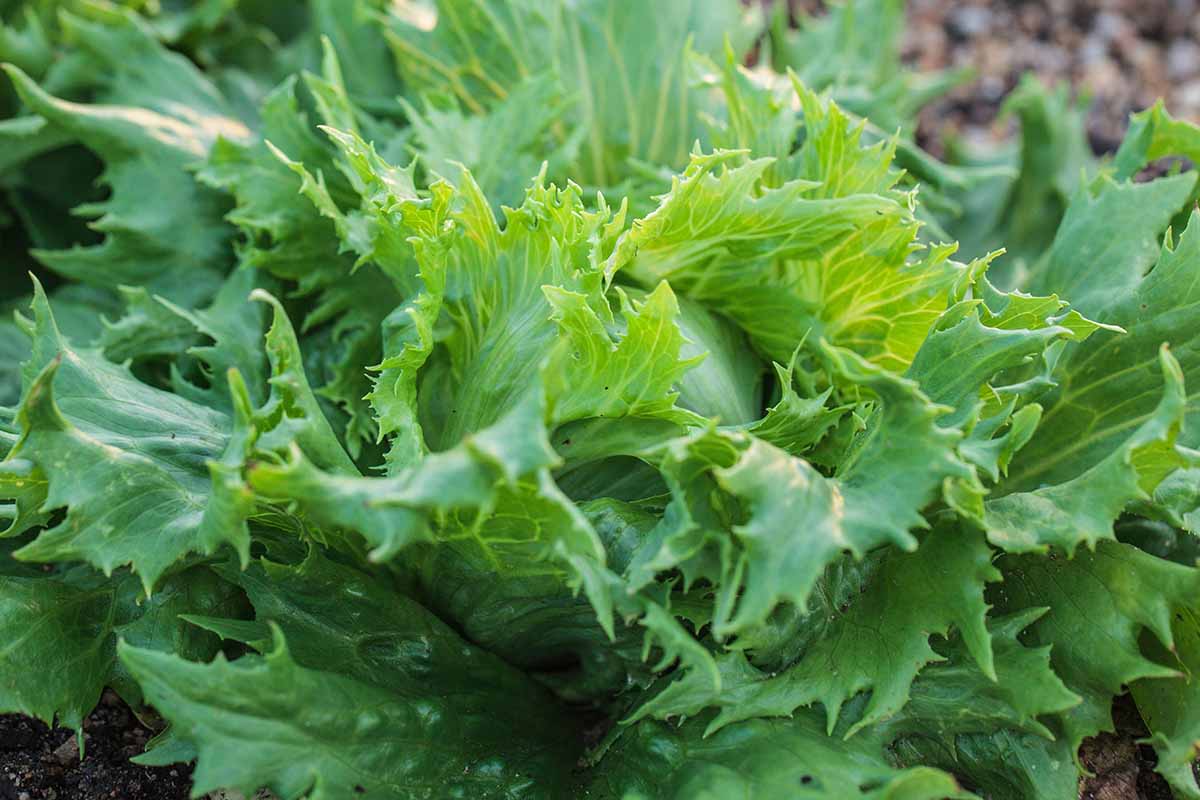
I can’t wait to hear how you plan to use up all the heads you’ll be growing. Are you a big salad fan? Can’t get enough sandwiches and wraps? Share in the comments.
For more lettuce growing information, we have a few guides worth checking out. Take a look at the following next:
